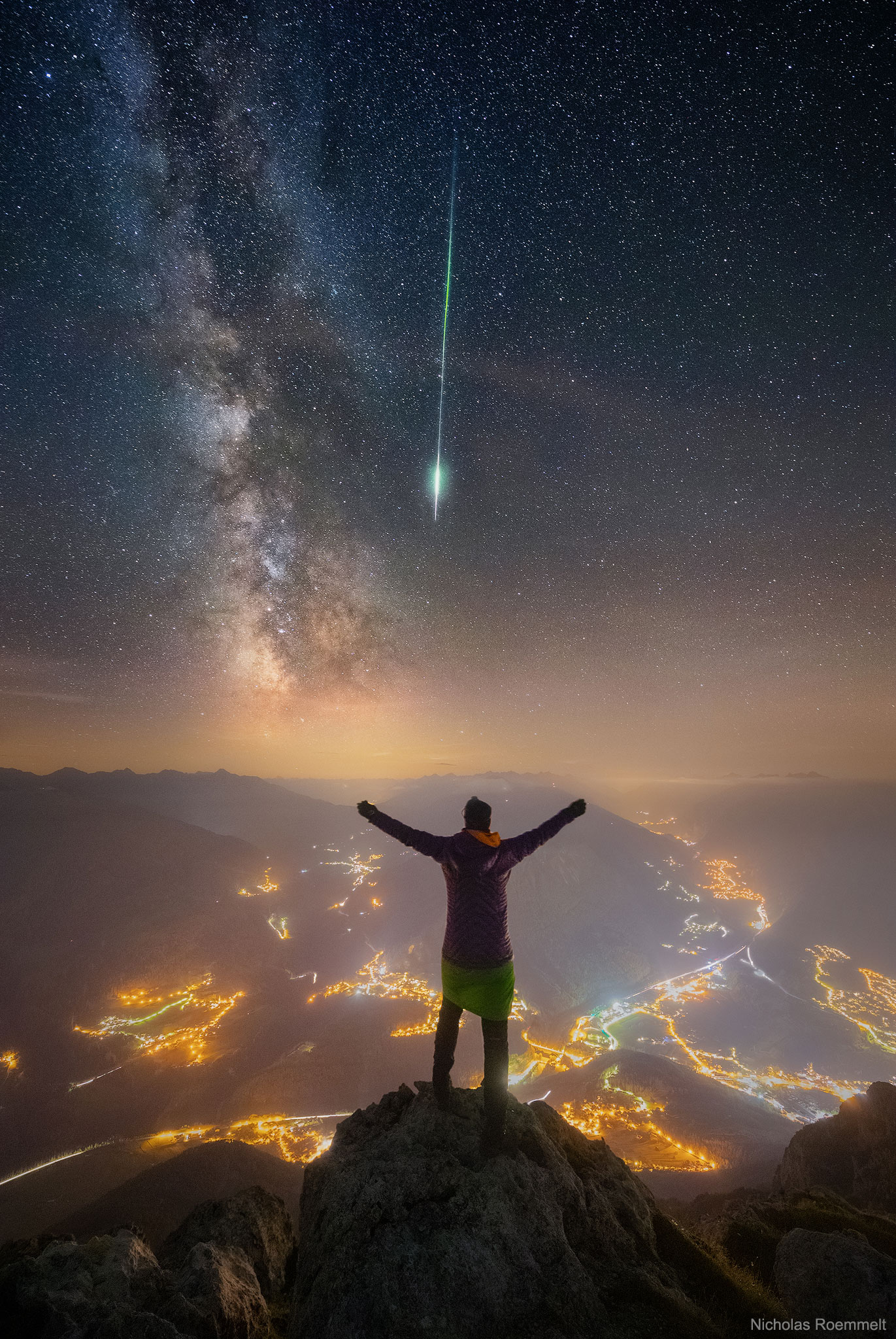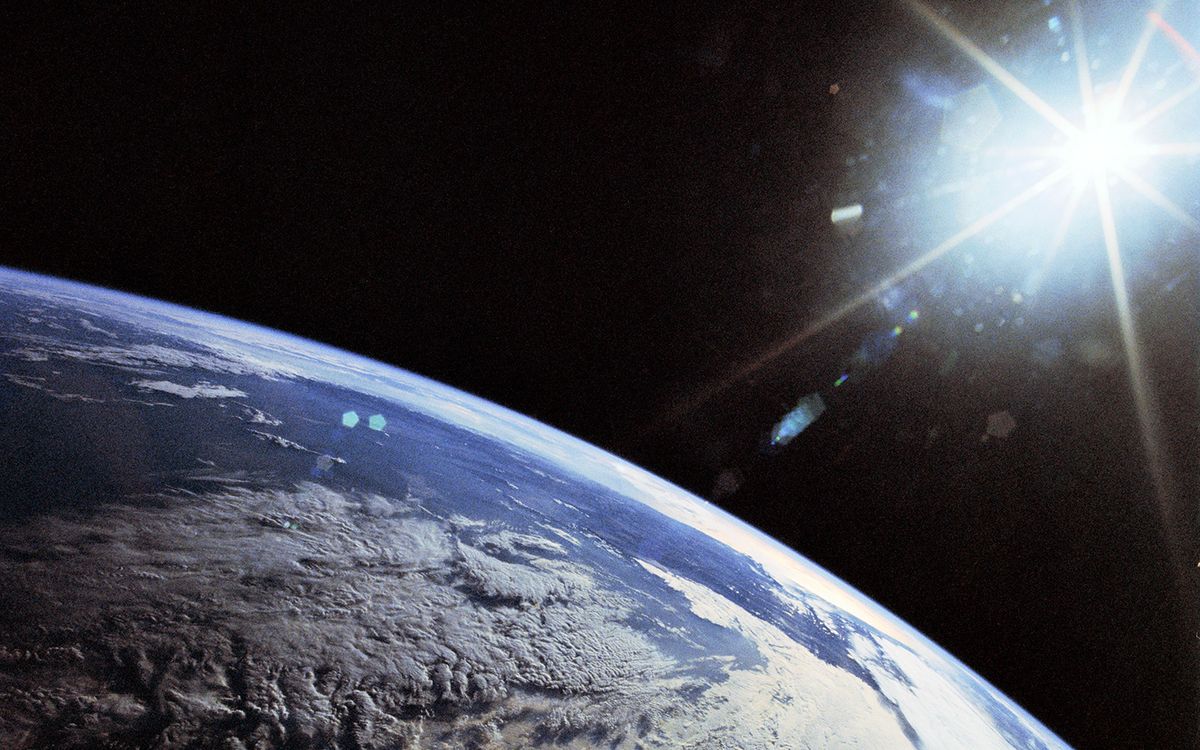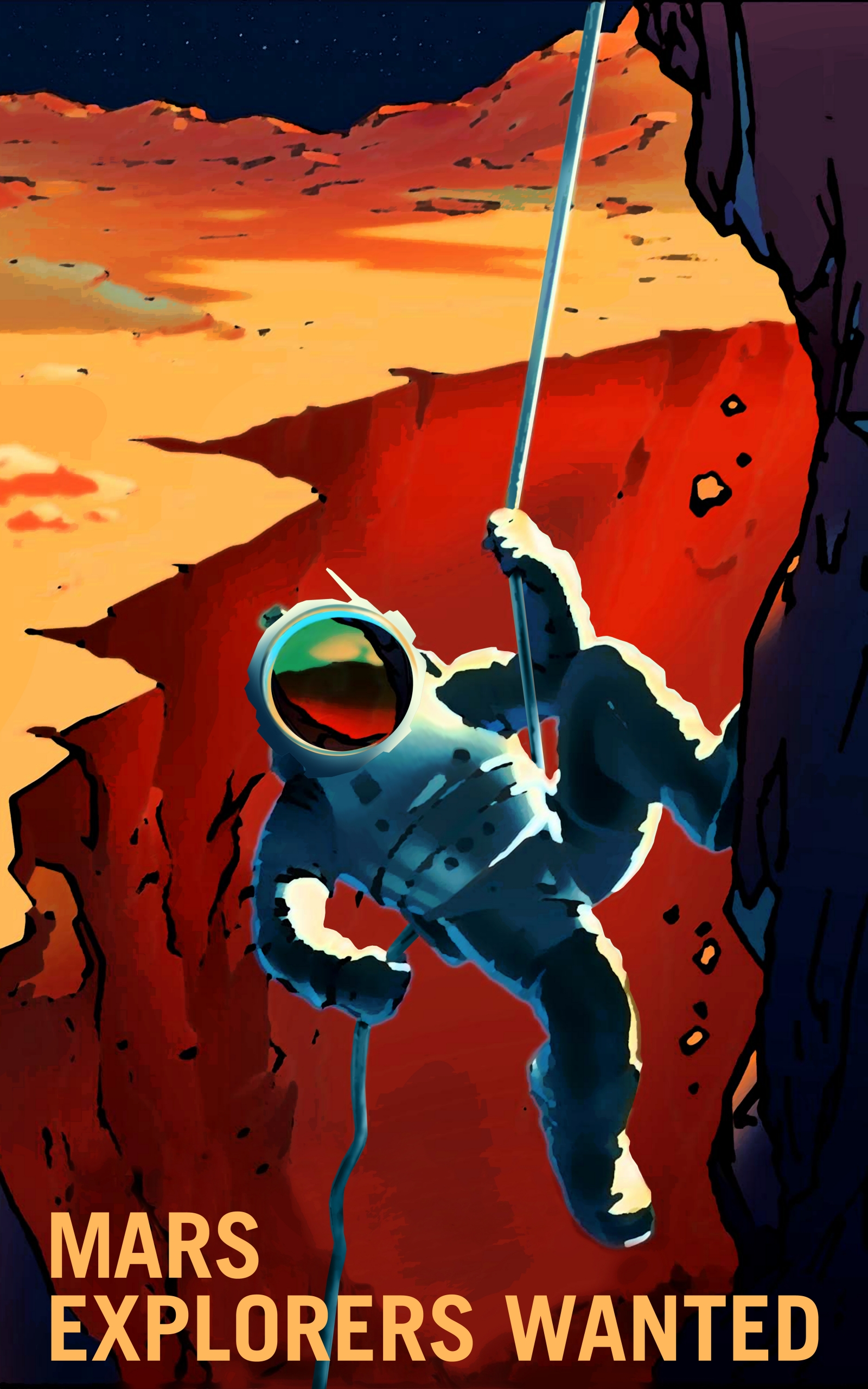

Imports - commodities: machinery and transport equipment, computers and office machines, telecommunication equipment, and parts crude oil and petroleum products. Mining, industrial and transportation equipment, food processing, chemicals, steel.Įxports - commodities: coal, iron ore, gold, meat, wool, alumina, wheat, machinery, and transport equipment.Įxports partners: China 32.2%, Japan 15.9%, South Korea 7.1%, US 5.4%, India 4.2% (2015) Wheat, barley, sugarcane, fruits cattle, sheep, poultry. Mineral sands, lead, zinc, diamonds, natural gas, petroleum. (official), Italian 12,4%, Greek 9.2 %, Cantonese 7.9 %, only 51 000 people speakingĪn Australian Indigenous Language at home.īauxite, coal, iron ore, copper, tin, gold, silver, uranium, nickel, tungsten, Religions: Anglican 20%, Roman Catholic 26%, other Christian 21%, other non-Christian Relatively dry, ranging from temperate in the south to tropical in the north.Įthnic groups: European 92%, Asian 6%, Aboriginal 2%. Terrain: Varied, but generally low-lying plateaus with deserts fertile plain in southeast. Location: Oceania, continent between the Indian Ocean and the South Pacific Ocean.Īrea: 7.7 million km² (3 million sq. Independence (federation): 1 January 1901. Australia is home to some of the most deadly animals in the world, spiders, snakes, crocodiles, jellyfish and octopus.Īdelaide, Alice Springs, Brisbane (1.6 million) Darwin, Hobart, Melbourne (3.5 million), Sydney (4.2 million), Perth (1.3 million)ĭemocratic, federal-state system recognizing the British monarch as sovereign. The Wallaman Falls, a horsetail waterfall on the Stony Creek in North Queensland, drops 268 m. The country was known as New Holland until the beginning of the 19th century. Q1 Tower (322 m) is the tallest residential building in the country Sydney Tower (309 m) comes second. The Trans Australian Railway features the world's longest straight stretch of railway, 478 km (297 mi). Winter in most parts of Australia lasts from June to August. Mainland Australia has 35,877 km of coastline and more than 10,000 beaches, of which Bondi Beach near Sydney and Cable Beach near Broome are the most popular. Trivia: It is the least populated continent, and the majority of the population lives near the coast. Pink lakes in South and Western Australia and the Pinnacles, limestone formations within Nambung National Park in Western Australia. The Outback, the remote and usually uninhabited inland regions of Australia. The Great Ocean Road, an Australian National Heritage-listed 243 km long scenic road along Australia's southeastern coast. There is the iconic and world-famous Sydney Opera House near the popular Sydney Harbour Bridge.

Uluru, also known as Ayers Rock, is the largest monolith in the world and a sacred place for the Anangu people. The Great Barrier Reef, the largest contiguous collection of more than 2,900 individual coral reefs on earth. There are more than 24,000 species of native plants on the continent, and marsupials occupy the ecological niches that placental mammals occupy elsewhere in the world. Due to its geographic isolation, its ecosystem is very different from other parts of the world. Joking aside, Australia is famous for its unique fauna and flora. Is there more to the planet's largest island than wallabies, emus, and Uluru? What comes to mind when you think of Australia? It's down under? The funny use of the English language by locals? The Pinnacles, limestone formations within Nambung National Park in Western Australia. The country's capital city is Canberra other major cities are Adelaide, Alice Springs, Brisbane (1.6 million) Darwin, Hobart, Melbourne (3.5 million), and Perth, the largest city is Sydney (4.2 million). The sixth-largest country in the world has a population of just 25.7 million inhabitants (in 2021).Īustralia shares maritime borders with East Timor, Indonesia, New Zealand, Papua New Guinea, the Solomon Islands, and the islands of New Caledonia (a special collectivity of France). With an area of 7,617,930 km², Australia is almost (95%) as large as the continental USA (excluding Alaska).

Some say, with Australia, you get it all: a continent with its own tectonic plate, a country with a population density others can only dream of, and a massive island with a 30,000 km long beach.Īustralia is situated entirely in the southern hemisphere, between the Indian and the Pacific ocean, south of Maritime Southeast Asia and north of the Antarctic. Destination Australia, a Nations Online country profile of the "unknown southern land."


 0 kommentar(er)
0 kommentar(er)
